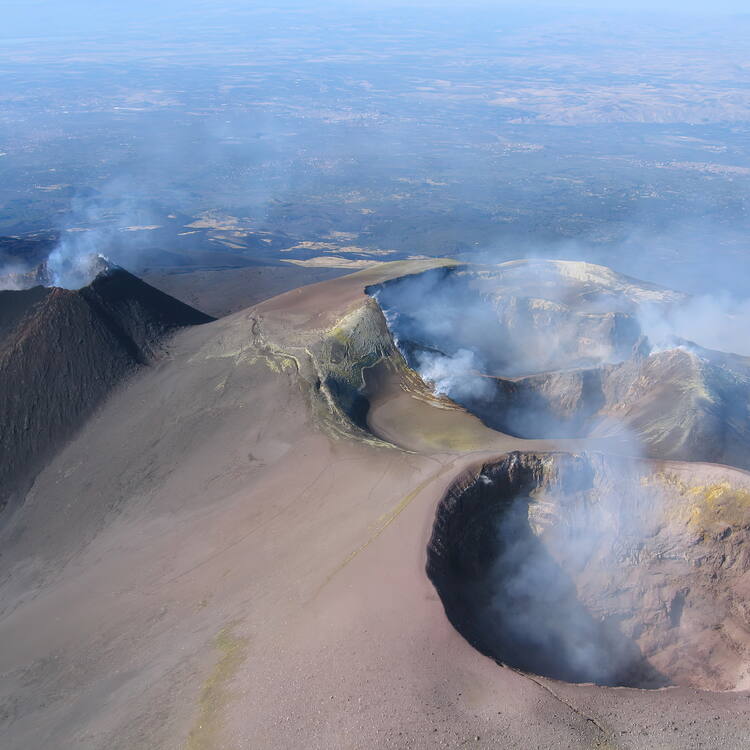Exploring Mount Etna: The Majesty of Europe’s Most Active Volcano
Mount Etna, located on the east coast of Sicily, Italy, is not only one of the most active volcanoes in the world, but it also holds significant cultural and historical importance. This majestic natural feature attracts thousands of visitors and scientists alike, fascinated by its awe-inspiring eruptions and its rich geological history.
What Makes Mount Etna Unique?
Mount Etna is characterized by its complex structure, consisting of multiple summit craters and flanks that produce a variety of volcanic activity, including effusive eruptions, explosive events, and ash emissions. Since ancient times, it has generated both curiosity and fear, leading to numerous studies and myths surrounding its activity.
According to the UNESCO World Heritage Centre, Mount Etna has been a significant site for agriculture, with its volcanic soil contributing to the fertility of the surrounding region. This has allowed for the growth of unique grape varieties, resulting in distinct wines appreciated worldwide.
Volcanic Activity and Monitoring
Researchers are constantly monitoring Mount Etna to better understand its behavior and predict future eruptions. The volcano has a history of frequent eruptions, with significant events recorded over the centuries, including notable eruptions in 1669, 1928, and the recent series that began in 2021 and continue to this day.
Utilizing advanced technology such as GPS and seismic equipment, scientists track the volcano’s movements, measure gas emissions, and study lava flows. This research not only aids in predicting potential hazards for nearby communities but also helps in understanding volcanic processes at a broader scale.
Visiting Mount Etna: A Guide for Travelers
For travelers, visiting Mount Etna provides an exhilarating experience. The mountain offers various activities depending on the season. In the winter, you can enjoy skiing on its slopes, while in the summer, hiking trails are available to explore the fascinating landscape.
One of the most popular ways to experience the volcano is by taking a guided tour. These tours can range from simple hiking trips to more challenging excursions that may require special equipment. Guides often share insights about the volcano’s geological significance and its rich history.
The Ecological Significance of Mount Etna
Mount Etna is not just a geological marvel; it also serves as an ecological hub. Its diverse habitats support unique flora and fauna, some of which are endemic to the region. Studies reveal that the mountain’s different climates encourage a variety of ecosystems, from oak forests to high alpine meadows.
The volcanic rock and mineral content enrich the soil, allowing various species to thrive. Furthermore, Etna’s eruptions contribute to the ongoing evolution of the landscape, as each ash deposit and lava flow creates new ecological niches for organisms to adapt to.
Mount Etna: Cultural Impact and Heritage
Throughout history, Mount Etna has played a key role in local culture and folklore. The ancient Greeks and Romans viewed this volcano with a mix of reverence and fear, often associating it with their gods. Today, it continues to inspire art, literature, and local traditions.
Cultural festivals in nearby towns celebrate the volcano’s influence, with events showcasing local cuisine, music, and crafts. Engaging with the local community offers visitors a deeper understanding of how Mount Etna shapes life in Sicily.
Conclusion: The Ever-Changing Landscape of Mount Etna
Mount Etna exemplifies the dynamic nature of our planet. Its continuous eruptions remind us of the power of nature and our need to coexist with it. As we study and understand this magnificent volcano, we foster a greater appreciation for the intricate relationships between the earth’s geological features and human culture.
Whether you’re a thrill-seeker looking for your next adventure or a curious traveler eager to witness one of nature’s wonders, Mount Etna promises an unforgettable experience. Always remember to heed safety guidelines and respect this powerful natural landmark during your visit.
For more information on Mount Etna’s significance and how you can experience it, be sure to check out the official UNESCO World Heritage site.






